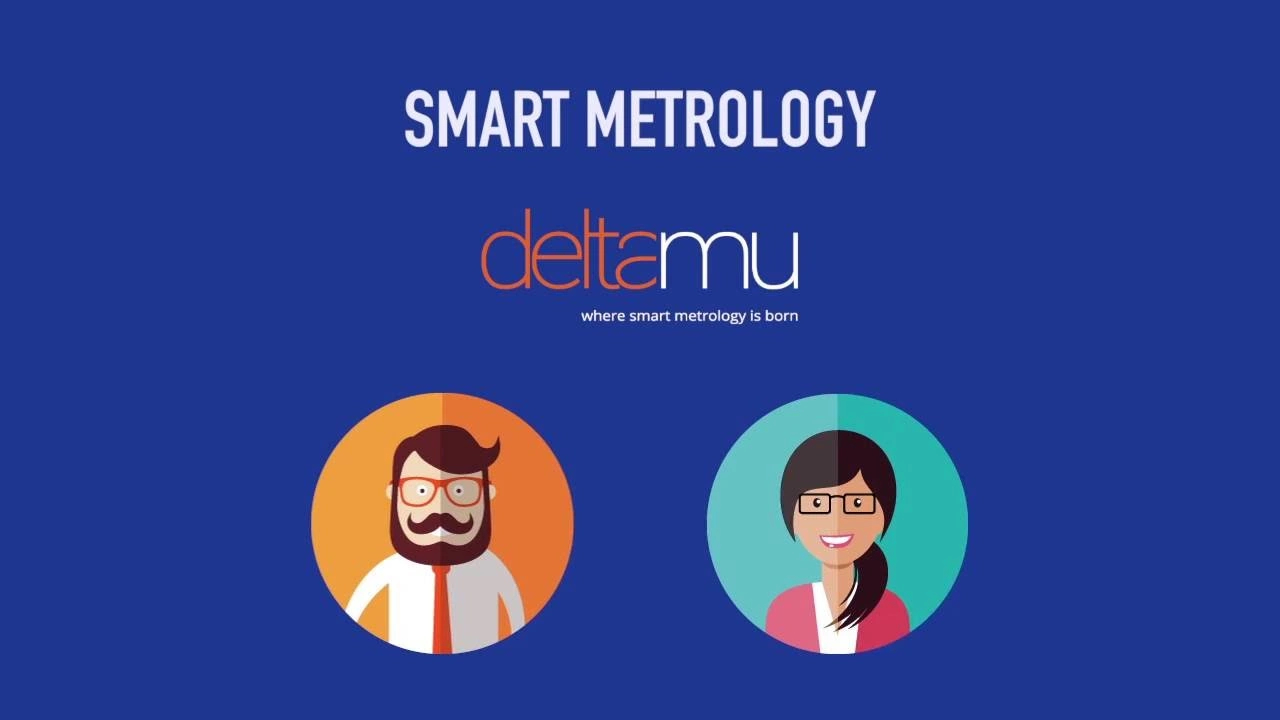Until the late eighteenth century, measurements were extremely diverse. Measurements of similar entities could have different names and values depending on the provinces, cities, or villages of the same region. On the other hand, different entities could be measured and named identically depending on the place where the measures were taken, or according to the corporation, or the measured object.
Two overriding factors drove the need to create a measurement system:
After much consideration, it was decided that the metre would be defined as being equal to one ten-millionth part of a quarter of the terrestrial meridian. It took two astronomers, Delambre and Méchain, nearly 7 years to measure a portion of the earth's meridian between Dunkerque and Barcelona. This work formed the basis of the standard used to define the metre. There have been four further definitions of the metre since then, the latest being: the metre is equal to the distance travelled by light in a vacuum during a time interval of 1/299 792 458 seconds. All other international system units are based on definitions of a similar nature. The kilogramme (kg) is the latest unit redefined this way (in 2019), based on the fixed numerical value of the Planck constant.
In order to meet people's aspirations, i.e. to be able to trust measurement results, the State lost no time in setting up a legal metrology service tasked with guaranteeing honesty in trade and the equality of all citizens before measurement results. Since then, all instruments used in commercial transactions are subject to regular audits performed in accordance with the decrees applicable throughout France. These audits aim to ensure that the instruments (and only the instruments!) remain within the limits set by their respective decrees. No one today has reason to doubt measurement results. In our collective unconscious, the measured value is the true value. Legal metrology has successfully accomplished its mission. But do legal and industrial metrology systems share the same goals?
In contrast to the received wisdom of our civic culture, often implicit, the measured value is never the true value. While this has proved useful in day-to-day life, the same does not apply in the industrial context. While legal metrology aims to achieve honesty and equality, industrial metrology has to guarantee FUNCTIONALITY!
All the factors involved in the measurement process play a role in degrading the measurement result:
This means that the measurement result cannot be expressed as a single numerical value "Measured diameter = 20.012 mm". To give an idea of what may be the true value of the measured quantity, it should be expressed as "Measured diameter = (20.012 ± 0.008) mm".
Thus, the true value of the considered diameter is in the range:
 Set of values that can be reasonably attributed to the value of the considered diameter
Set of values that can be reasonably attributed to the value of the considered diameter
This is why, one way or another, all quality standards insist on taking account of the measurement uncertainty when making a product conformity declaration, as stated in Chapter 4.11 of ISO 9001 (1994):
(…) the amount of measurement uncertainty should be known and should be reasonable given the degree of precision required to establish that the product meets requirements (…)
Today, everyone knows that they have to calibrate their measuring instruments in order to meet this requirement. In other words, they have to evaluate measuring instrument errors against a set of measurement standards. While this is an essential operation in the identification of measurement uncertainties, it is certainly not the only one. There are other errors arising from all other parties in the measurement process that must be taken into consideration, i.e. operator, measurement technique, environment, etc.
The ISO (International Organization for Standardization) published a standard, recognized today the world over, which proposes a method for evaluating measurement uncertainties: GUM: ISO/CEI Guide 98-3 : "Guide to the expression of uncertainty in measurement". There is another set of standards that describes a more experimental approach, applicable to laboratories in particular: ISO 5725 series.
In addition to these calculation standards, ISO publishes other standards that allow industrials to develop strategies for taking account of measurement uncertainty in the declaration of conformity: ISO 14253-1 (2000): "Geometrical product specifications (GPS) — Inspection by measurement of workpieces and measuring equipment".
Car manufacturers have also developed experimental methods, applicable in other sectors, based on the concept of measurement process "capability". Measurement process capability is defined as the ratio between the tolerance and the measurement uncertainty (or the opposite).
In today's world, the metrologist has to adopt a progressive approach designed to increase productivity and, therefore, the company's competitiveness. Ideally, raising people's awareness of measurement uncertainties should make them think about tolerances. Care should be taken though to present a faithful picture of the present-day situation in order to avoid this being perceived as just another constraint.
In metrology, every euro spent must be a euro invested!
Indicators must be more ambitious than they are at present:
From an etymological perspective, "metrology" means the "science of measurement." This implies that industry measurements should adhere to a strict approach. Despite this, metrology nonetheless suffers from many self-perpetuating misconceptions, which disrupt industrial performance, both technically and economically.
Smart Metrology, or effective decision-making metrology, thus offers a new approach to industrial metrology that follows legacy practices while, at the same time, introducing new concepts, such as the focus on Big Data.
